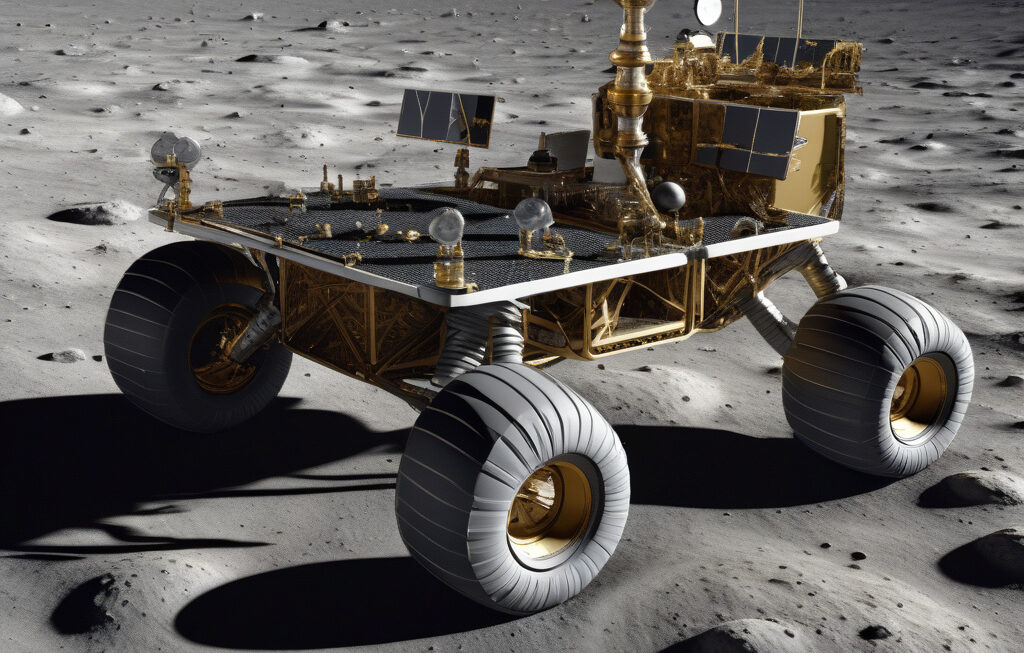New TUM Training Model Slashes AI Energy Consumption
Artificial Intelligence (AI) is rapidly becoming an integral part of various industries, from healthcare to finance. However, the exponential growth of AI applications has come at a cost – energy consumption. The surge in AI energy consumption poses significant sustainability concerns, prompting researchers to seek innovative solutions to reduce power usage. In a groundbreaking development, researchers at the Technical University of Munich (TUM) have introduced a new training model that could revolutionize the way AI systems are powered, leading to a drastic reduction in energy consumption.
The traditional approach to training AI models involves intensive computational tasks that demand substantial amounts of power. This energy-intensive process not only contributes to high operational costs but also has a significant environmental impact due to increased carbon emissions. Recognizing these challenges, the team at TUM set out to develop a more efficient training model that prioritizes energy conservation without compromising performance.
The new training model from TUM focuses on optimizing the utilization of resources during the AI training process. By implementing advanced algorithms and innovative techniques, the researchers were able to streamline the training process, significantly reducing the amount of energy required to train AI models. This breakthrough not only enhances the sustainability of AI systems but also opens up new possibilities for applications in resource-constrained environments.
One of the key advantages of the TUM training model is its adaptability across different AI architectures and applications. Whether it is training a deep learning model for image recognition or a natural language processing algorithm, the energy-saving benefits of this new approach are universal. This versatility makes it a promising solution for a wide range of industries looking to harness the power of AI while minimizing their environmental footprint.
In a recent study published by the team at TUM, the results speak for themselves. By using the new training model, researchers were able to achieve up to a 40% reduction in energy consumption compared to conventional methods. This substantial decrease not only translates to cost savings for businesses deploying AI systems but also aligns with global efforts to transition towards more sustainable practices in technology development.
Moreover, the impact of the TUM training model extends beyond energy efficiency. By reducing the power requirements for training AI models, the new approach also improves overall system performance and accelerates the deployment of AI applications. This means faster processing speeds, enhanced scalability, and ultimately, a more competitive edge for businesses leveraging AI technologies in their operations.
As we navigate towards a more sustainable future, innovations like the TUM training model play a crucial role in shaping the evolution of AI technologies. By prioritizing energy efficiency and environmental responsibility, researchers are not only advancing the field of AI but also setting new standards for ethical and sustainable innovation. The potential of this new training model to revolutionize the way AI systems are developed and deployed underscores the importance of continuous research and collaboration in driving positive change.
In conclusion, the new training model from TUM represents a significant milestone in the quest to reduce AI energy consumption. By harnessing the power of innovation and technology, researchers have demonstrated that sustainability and performance can go hand in hand in the realm of AI development. As businesses and industries increasingly rely on AI solutions, the adoption of energy-efficient training models like the one from TUM will be instrumental in mitigating the environmental impact of AI technologies while paving the way for a more sustainable future.
#AI, #EnergyConsumption, #TUM, #Sustainability, #InnovationNewsNetwork












